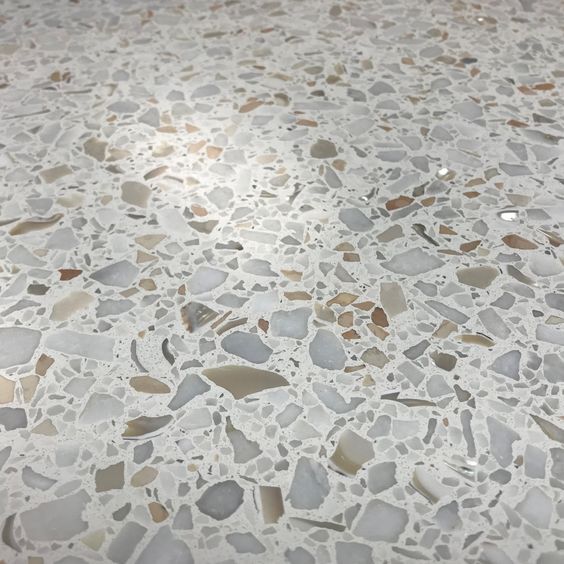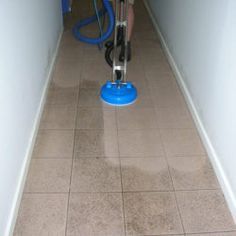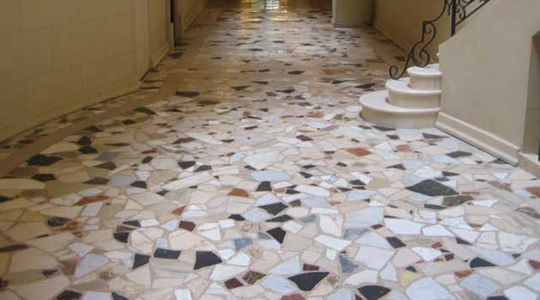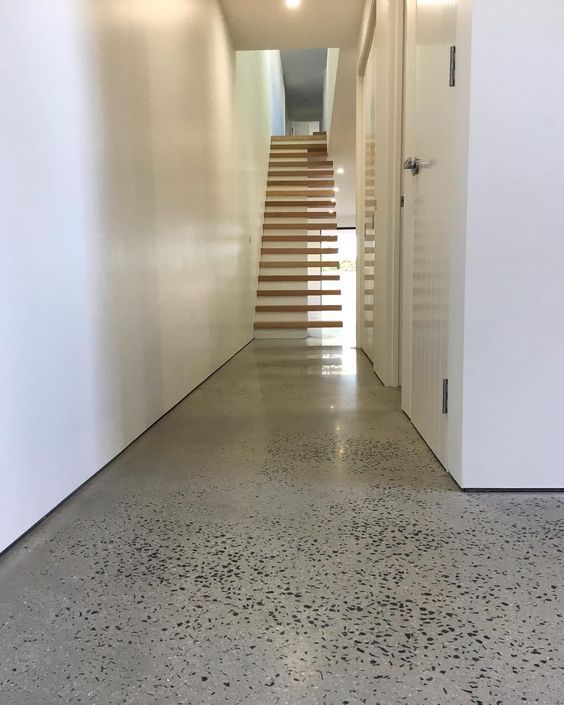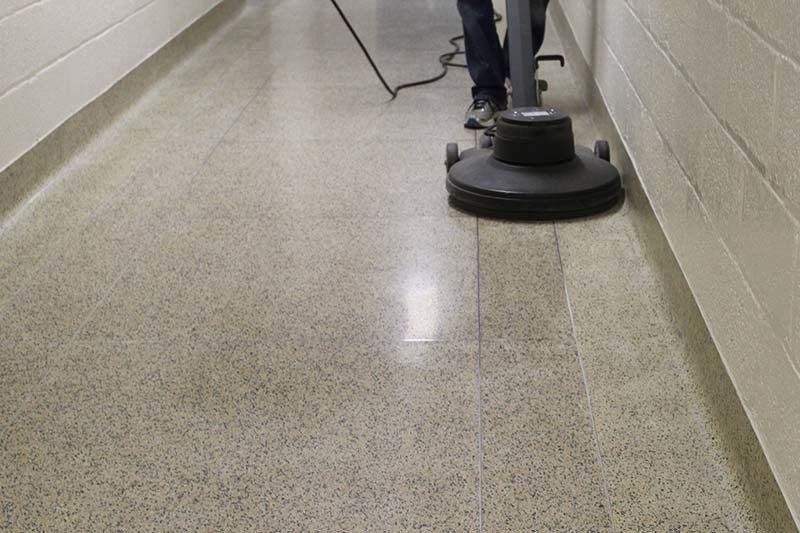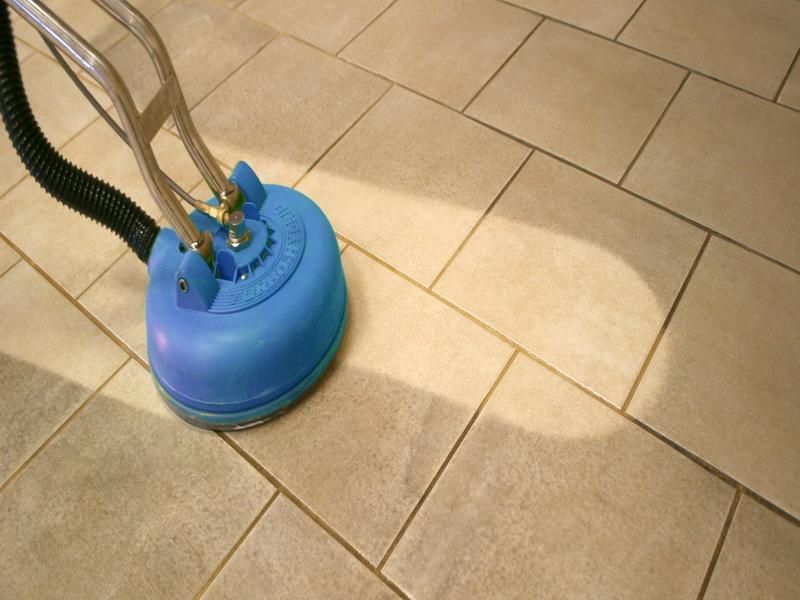
Blog Layout
Ceramic Floor Installation
December 19, 2019
Ceramic Floor Installation
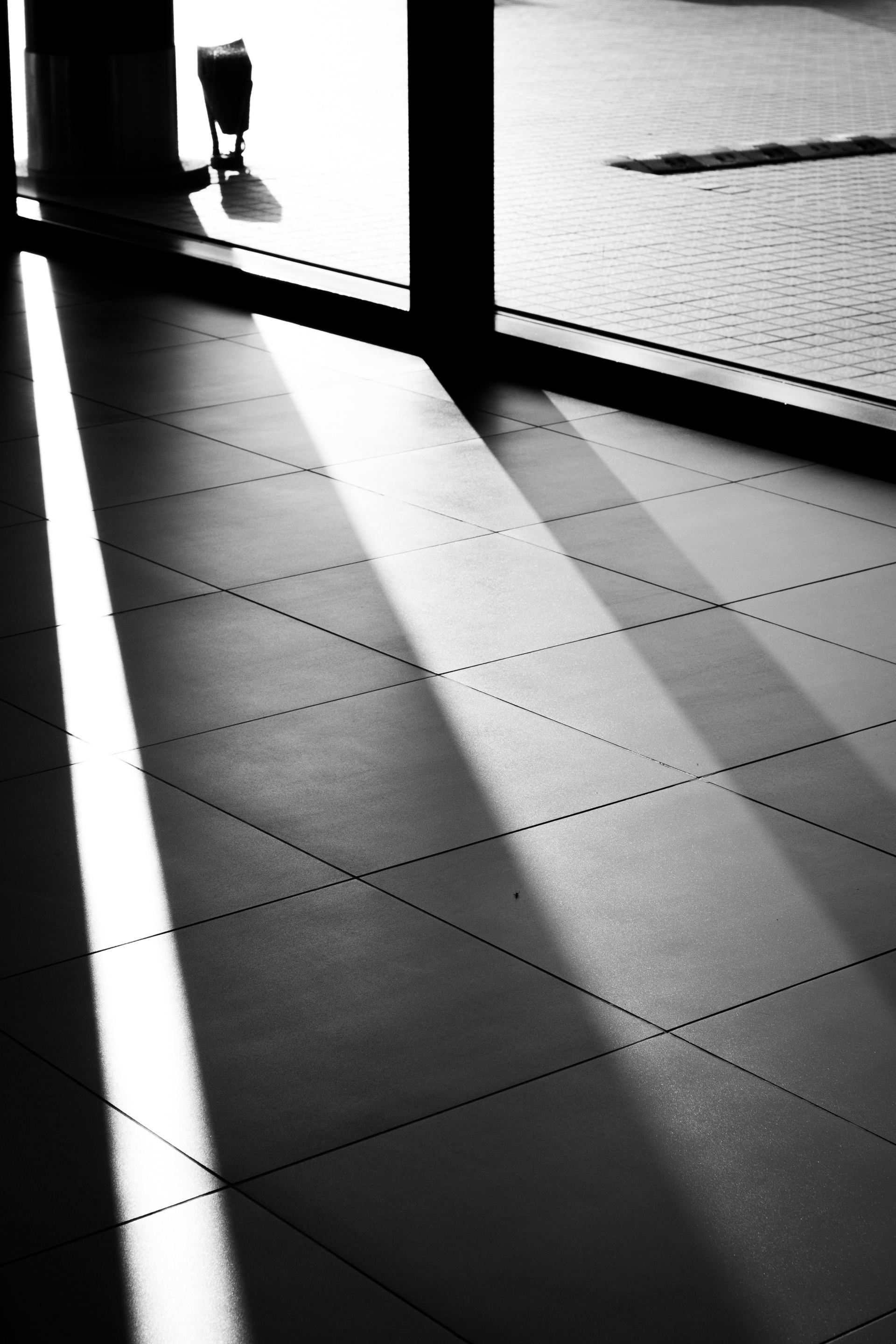
Ceramic flooring tiles have a hard and protective glazed top layer that makes the tiles impervious to liquids and most stains, making them naturally resistant to almost anything that lands on them, making them ideal in areas where hygiene is important. But to get the most out of these versatile floor coverings, they have to be installed correctly, and that usually means seeking the help of experts.
Laying ceramic tiles may look easy – they tend to be square or rectangular and fit together pretty well – but there is far more to the process than meets the eye, and much of the success of the installation process depends upon preparation and ground work. Ceramic tiles are a hard surface that can put up with plenty of wear and tear, but they don’t perform well if the substrate isn’t flat and even, and if the surface beneath them is uneven, then the tiles themselves will be too. Having a hard surface that has undulations makes for a floor that is difficult to keep clean, and being an antiseptic floor is one of the main attractions of ceramic tiles.
But an uneven substrate can lead to other problems to, and if the tiles are left sitting on top of a loose or broken foundation can lead to the tiles themselves cracking and breaking as heavy loads are wheeled over them. Once a tile is cracked, it becomes a potential breeding ground for germs and a source of hygiene issues, as well as potentially having sharp edges that can be damaging to people and equipment.
So, a ceramic floor tile installation must be done on a surface that is not only stable and free from loose material, but is able to accept the strong adhesive that tiles need to remain stable as well. The surface doesn’t have to be flat to an engineering standard as the layer of tile adhesive will act as a cushion between the substrate and the underside of the tile, taking up any differences between the two surfaces. During the installation process, the tiles will be forced down into position using a rubber mallet or other compliant tool so that there is no risk of air bubbles or gaps in the cement, which may lead to breakages at a later date.
Once dry, the cement will form a strong, supportive layer between the tiles and the substrate and, provided that they have been fitted properly, any cleaning action that is carried out on the tiles will be completely effective in the resulting surface, giving assurance of total hygiene.
Ceramic floor tiles are an ideal surface in areas where cleaning with chemicals is routinely carried out - such as hospitals and kitchens – and where any degradation of the floor would be unacceptable. But to be the most effective surface, the installation process has to be carried out by competent operators, who will use their expertise to ensure that the flooring not only impregnable when completed, but remains so for many years to come.
Photo by Marcus Chen on Unsplash
Contact Us
Spectrum Textile Services Limited,
Unit 7, Grassy Court,
Etwall Road, Mickleover,
Derby DE3 0BX
01332 318055
07970 892577
07812 740527
Opening Hours
- Mon - Fri
- -
- Sat - Sun
- Closed
Contact Us
Thank you for contacting us.
We will get back to you as soon as possible.
We will get back to you as soon as possible.
Oops, there was an error sending your message.
Please try again later.
Please try again later.
